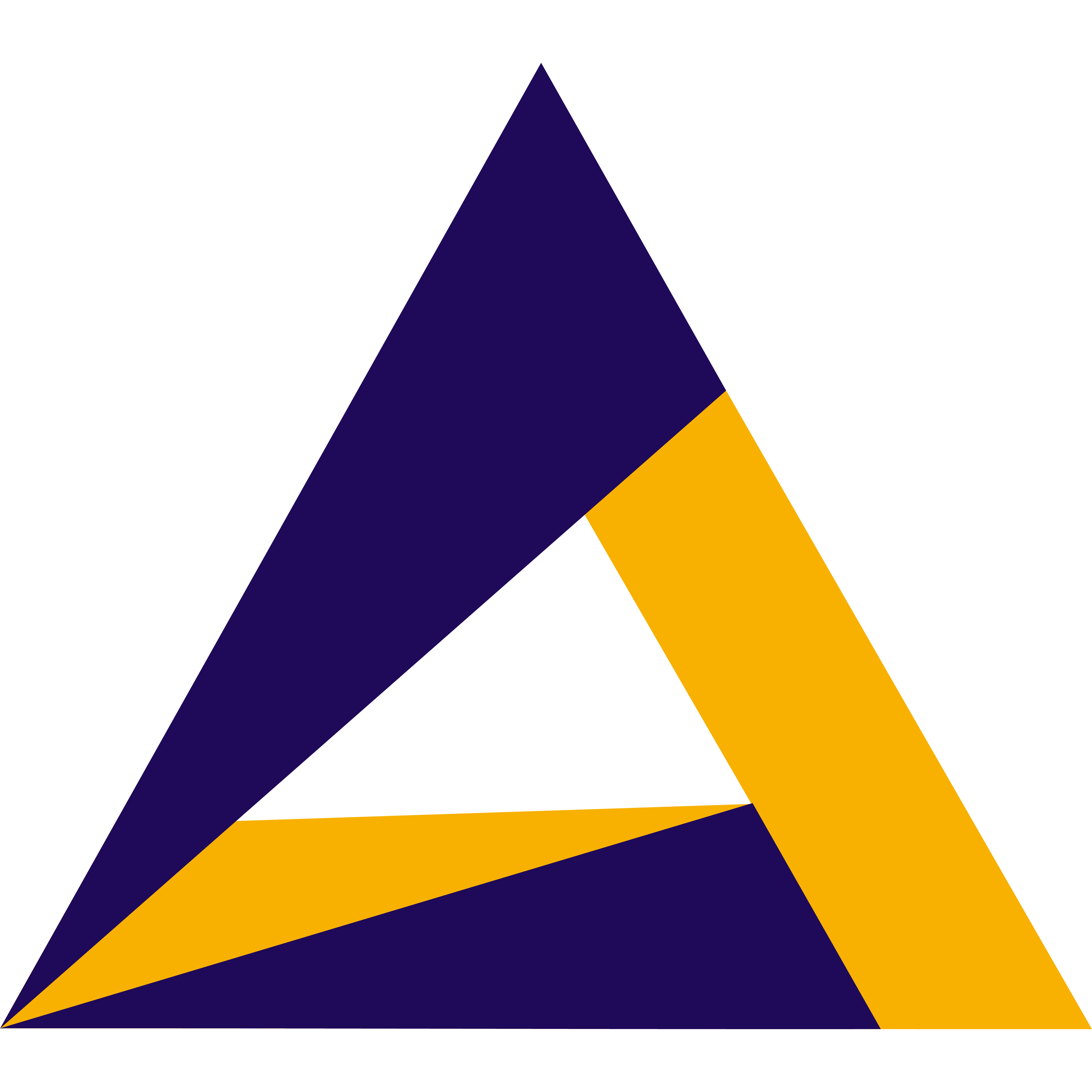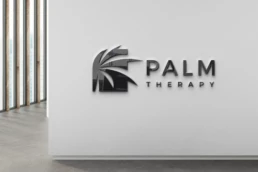We are in an era where your business needs effective digital marketing to be recognized online. To register success, the activity focuses on managing different forms of online company presence. This includes company websites, mobile apps and social media company pages, integrated with different online communications techniques.
Here are the 6 digital media channels for your business to explore, and the various techniques employed in each.
Search Engine Marketing
Gaining visibility on a search engine to encourage click-through to a website when the user types a specific keyword phrase.
Two key search marketing techniques are: paid placements using pay-per-click via Google Ads or Bing, and placements in the natural or organic listings using search engine optimization (SEO) where no charge is made for clicks from the search engine.
SEO involves on-page optimization by improving the relevance of content and technical improvements to the website to improve crawlability monitored through Google Search Console.
Additionally, visibility in the search engines can be improved by getting relevant ‘backlinks’ from websites which effectively count as a citation or vote.
Social Media Marketing
This includes both paid advertising on social networks and organic social media amplification where companies aim to gain visibility through content shared by social media feeds and pages.
Social media marketing is an important category of digital marketing that involves encouraging customer communications on a company’s own site, or social presences such as Facebook or Twitter or in specialist publisher sites, blogs and forums.
It can be applied as a traditional broadcast medium – for example, companies can use Facebook or Twitter to send messages to customers or partners who have opted in.
Display Advertising
Use of online ad formats such as banners and videos on publisher sites to achieve brand awareness and encourage click-through to a target site. These are usually considered as separate investments from paid search and paid social ads since ads are typically displayed on publisher sites.
Programmatic display refers to where media and target audiences are selected by trading or bidding against other advertisers.
Native advertising involves paying to publish content that appears on a media site rather than a banner ad. It’s similar to when companies pay for features on pages in newspapers as well as to sponsorship; and in both cases, there may be a long-term relationship where a brand pays for its name to be associated with a publisher or event.
Digital PR
Involves maximizing favorable ‘offsite’ mentions of your company, brands and products by other organizations and people, especially media sites or influencers such as celebrities.
These mentions may create name awareness, but have the benefit that they can also drive visits through links and support SEO through backlinks. These mentions may occur on publisher websites, blogs or social networks, and podcasts accessed by your target audience.
Guest-blogging involves writing an article for which no fee is typically charged on another businesses website. It’s often a reciprocal arrangement. Influencer outreach is used in both B2B and B2C communications. It usually refers to working with individuals rather than publishers to gain mentions through their social media, blogs or podcasts.
Digital PR also includes responding to negative or positive online brand mentions and conducting public relations via a site through a social media news center or blog, for example.
Digital Partnerships
Creating and managing long-term arrangements to promote your online services on third-party websites or through website content and messaging.
Affiliate marketing involves a commission-based arrangement where the advertiser only pays when a sale occurs. It’s most applicable to retail, travel and financial services sector where an affiliate website will get paid for traffic when an online sale occurs.
Co-branding is a technique where two brands are featured within email marketing or native advertising. Co-marketing is similar, but it is a ‘contra’ arrangement for which no fee is usually paid when companies collaborate to share content with the aim of raising awareness and leads amongst the pooled audiences.
Digital Messaging
Traditionally digital messaging to individuals who have subscribed to updates has focused on Email marketing, which is still a commonly used digital media channel since it is cost-effective.
However, email is used less by younger audiences who are more likely to subscribe to mobile push notifications from websites and apps.
Related Posts
January 4, 2023
Popular Logo Design Trends 2023
Many years ago, I worked for my parents who own a video production company.…
January 8, 2020
Digital Insights as the Key to Modern Brand Positioning
I was recently quoted as saying, I don't care if Instagram has more users than…


